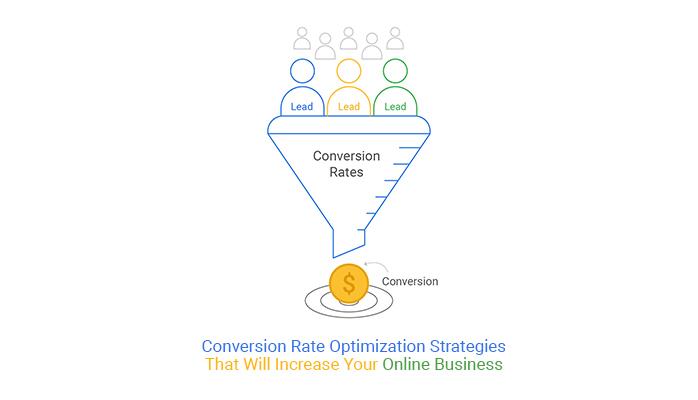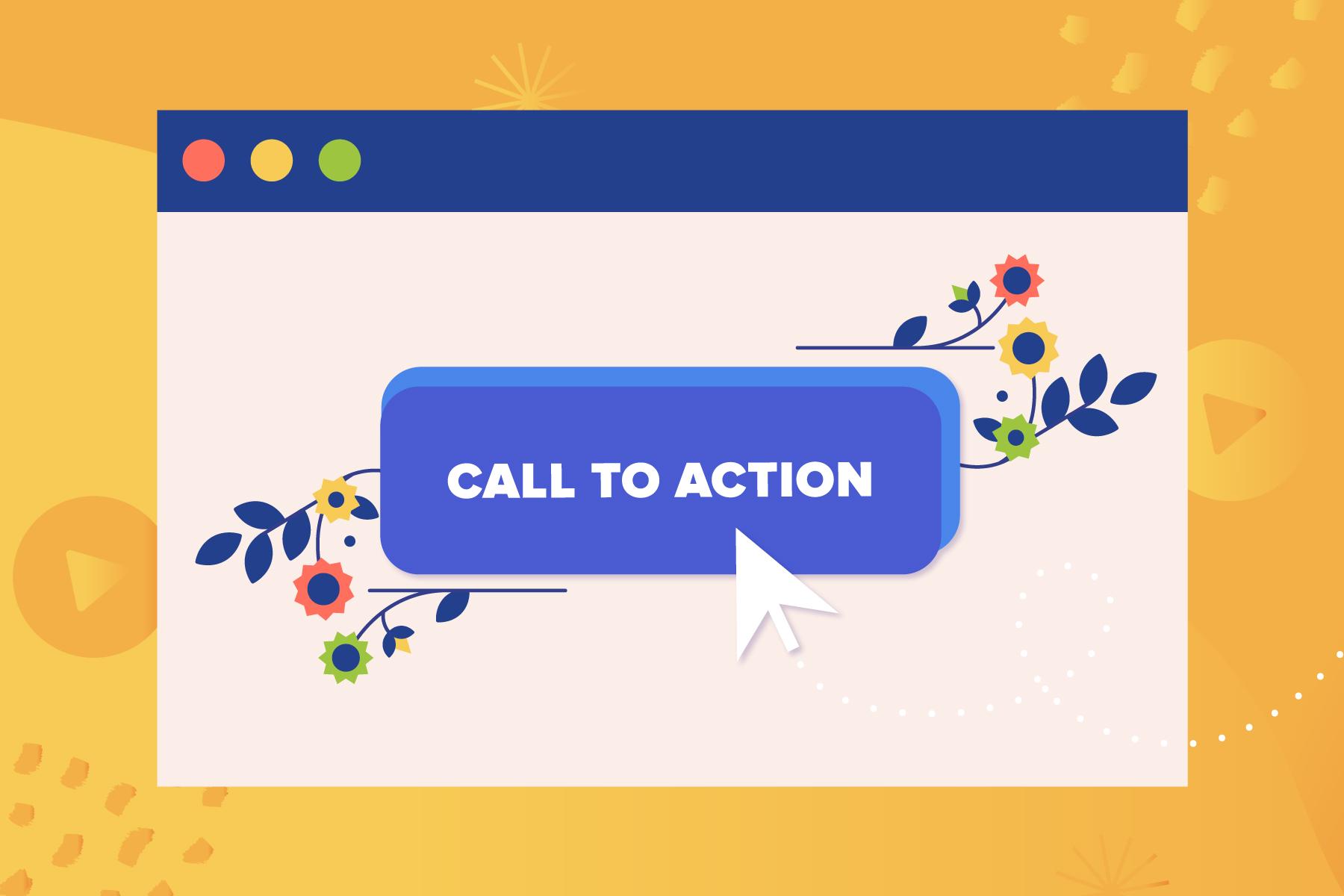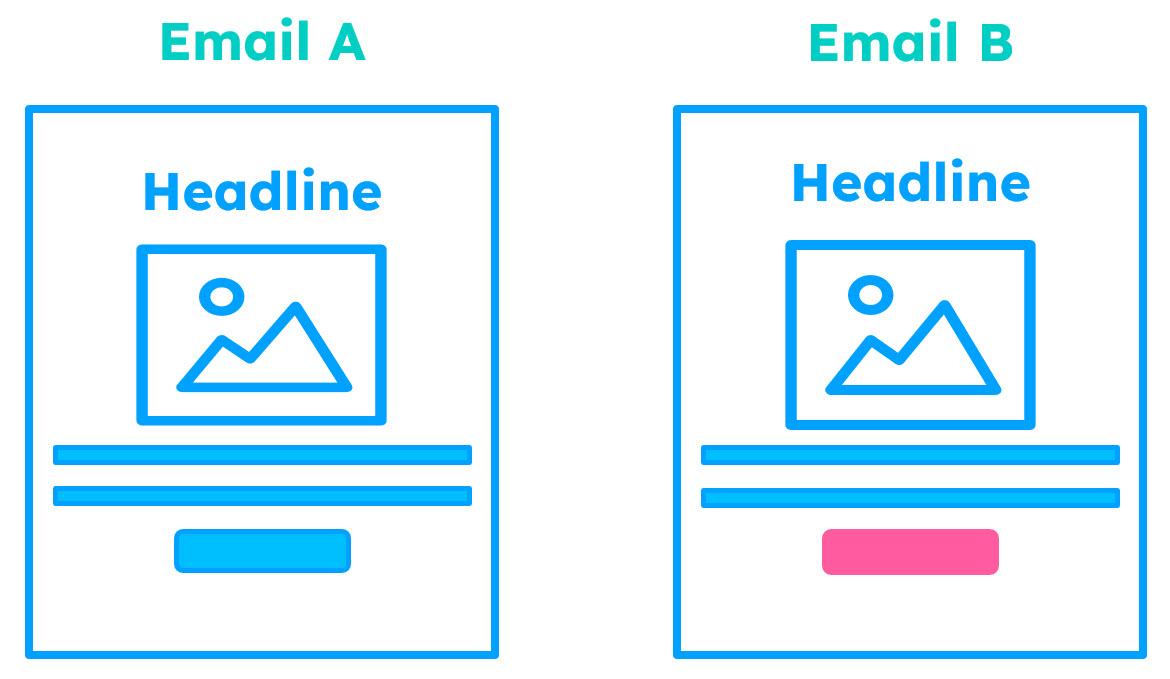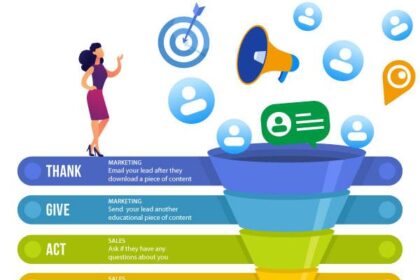In the bustling landscape of digital marketing, where attention spans are fleeting and competition is fierce, the ability to effectively convert potential customers into loyal patrons stands as a paramount objective. Welcome to the world of conversion rate optimization (CRO), a strategic discipline that blends art and science to enhance the efficacy of your online efforts. In “Boosting Success: Mastering Your Conversion Rate Strategy,” we delve into the nuances of crafting a robust conversion strategy that not only attracts visitors but also compels them to take action. Whether you’re a seasoned marketer seeking fresh insights or a newcomer eager to make your mark, this article will equip you with practical tools and innovative approaches to elevate your conversion rates. Join us as we unlock the secrets to turning clicks into conversions, ultimately paving the way for sustained growth and success in the digital realm.
Understanding the Science of Conversion Rate Optimization
Conversion Rate Optimization (CRO) is not merely a series of tactics; it’s a sophisticated blend of psychology and behavior analysis. To boost conversions effectively, businesses must understand their audience’s motivations and pain points. This interrogation of consumer behavior can unveil critical insights that drive optimization strategies. Some key factors to consider include:
- User Experience (UX): A seamless and engaging user experience can significantly elevate conversion rates. Analyze your site’s navigation, design, and speed.
- Value Proposition: Clearly communicate the unique value your product or service offers to differentiate from competitors.
- Social Proof: Integrate testimonials and reviews to build trust and credibility among potential customers.
Moreover, data-driven decision-making is essential for successful conversion optimization. Utilizing analytical tools allows businesses to track user behavior and assess the effectiveness of various elements on their website. Consider employing A/B testing strategies to experiment with different layouts and content, which can provide evidence of what resonates best with your audience. Below is a simple comparison of two hypothetical landing page elements:
| Element | Conversion Rate | Comments |
|---|---|---|
| CTA Button in Green | 3.2% | Evokes a sense of calm and action. |
| CTA Button in Red | 2.1% | Attracts attention but may induce stress. |

Crafting Compelling Calls to Action for Maximum Impact
Effective calls to action (CTAs) serve as powerful catalysts for driving conversions, guiding your audience precisely where you want them to go. To create CTAs that truly resonate, consider the following strategies:
- Be Clear and Concise: Use straightforward language that leaves no room for ambiguity. For example, instead of “Click here,” use “Get your free trial.”
- Create Urgency: Phrases like “Limited time offer” or “Only a few spots left!” can spur prompt action.
- Personalize When Possible: Incorporating user data can make your CTA more relatable. E.g., “John, claim your discount now!”
Moreover, the visual appeal of your CTAs can significantly influence their effectiveness. Utilize contrasting colors and strategic placement to grab attention. Experiment with various button shapes and sizes to find what works best. Here’s a simple reference table to guide your design decisions:
| Button Shape | Description | Best Use Case |
|---|---|---|
| Rectangle | Classic and versatile | General calls to action |
| Rounded | Soft and inviting | Friendly, engaging offers |
| Pill Shape | Modern and sleek | Mobile or minimalist designs |

Analyzing User Behavior to Uncover Hidden Opportunities
Understanding user behavior is crucial for any business aiming to optimize their conversion rates. By analyzing patterns in how potential customers interact with your website, you can uncover insights that reveal what resonates with your audience. Consider the following approaches to get a clearer picture of user actions:
- Heatmaps: Visual representations of user clicks and scrolls can indicate which areas of your site attract the most attention.
- Session Replays: Watching recordings of users navigating your site can highlight pain points and obstacles in the conversion process.
- Surveys and Feedback Forms: Direct input from users can provide qualitative data that complements quantitative findings.
By synthesizing this information, you can identify areas where users drop off or become disengaged, pointing to potential improvements. Testing variations of your landing pages, buttons, and CTAs can significantly impact user experience and ultimately lead to higher conversion rates. Utilize the following metrics to measure the effectiveness of your modifications:
| Metric | Before Optimization | After Optimization |
|---|---|---|
| Conversion Rate | 2.0% | 3.5% |
| Average Time on Page | 45 seconds | 1 minute 15 seconds |
| Bounce Rate | 70% | 50% |

Leveraging A/B Testing to Fine-Tune Your Strategy
In the fast-paced digital landscape, understanding how to leverage A/B testing can significantly enhance your conversion rate strategy. By comparing two or more variations of your content—be it a landing page, email, or ad—you can unveil what truly resonates with your audience. Effective A/B testing allows you to make data-driven decisions rather than relying on gut feelings. A structured approach typically involves:
- Defining clear objectives: Know what you aim to achieve with each test, such as higher click-through rates or improved sales.
- Segmenting your audience: Tailor your tests to specific demographics for more insightful results.
- Monitoring performance: Use analytics tools to track engagement and conversion metrics.
- Iterating based on results: Implement changes based on data to refine your strategy continuously.
When implementing A/B tests, consider employing a systematic framework to ensure clarity and effectiveness. Here’s a simplified overview of the testing process:
| Step | Description |
|---|---|
| Hypothesis Creation | Develop a hypothesis about which variation will perform better and why. |
| Test Design | Choose elements to test—headlines, colors, images, etc.—and create your variations. |
| Execution | Run the test over a meaningful duration, ensuring sufficient sample size. |
| Analysis | Evaluate the results to determine which version met your goals. |
In Retrospect
As we draw the curtains on our exploration of conversion rate strategy, it’s essential to remember that mastery in this domain doesn’t come overnight. Rather, it is a continuous journey of testing, learning, and evolving. Each tweak you make and every insight you gain serves as a stepping stone toward amplifying your success.
In a world where every click counts and every visitor presents an opportunity, honing your conversion rate strategy can transform your approach to achieving business goals. The tools and techniques we’ve discussed are not just mere tactics; they are the principles that can pivot your results from ordinary to extraordinary.
So, as you embark on implementing these strategies, keep your mind open to experimentation and adjust your sails as the winds of user behavior shift. The current landscape of digital engagement is ever-changing, but with a strategic focus, you hold the power to navigate it with confidence.
Thank you for joining us on this journey. Here’s to boosting your success and unlocking the full potential of every interaction. Happy converting!






